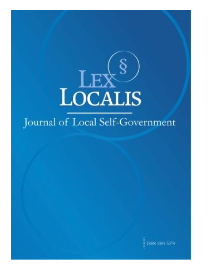INVESTIGATING THE EFFECTIVENESS OF SAFETY AUDITS IN IDENTIFYING HIDDEN HAZARDS: A SYSTEMATIC REVIEW
DOI:
https://doi.org/10.52152/Keywords:
Safety audits; Hidden hazards; Occupational safety; Risk identification; Scenario-based audits; Audit effectiveness; Workplace safety management; PRISMA; Proactive hazard detectionAbstract
Background:
Hidden hazards in workplace environments remain a persistent threat to occupational health and safety, often eluding conventional inspections and reactive safety measures. Safety audits offer a proactive mechanism to identify these latent threats across a range of sectors.
Objectives:
This systematic review aims to assess the effectiveness of safety audits in identifying hidden hazards and to examine how audit design, methodology, and contextual factors influence their outcomes.
Methods:
Following PRISMA 2020 guidelines, we conducted a comprehensive search across PubMed, Scopus, Web of Science, IEEE Xplore, and Google Scholar. Eligible studies included peer-reviewed empirical research involving structured safety audits and reported outcomes on hidden hazard identification. Fourteen studies were included and analyzed through narrative synthesis.
Results:
Across the 14 studies reviewed, safety audits consistently identified between 23% and 75% more hazards than traditional inspections. Scenario-based, AI-driven, and behavioral audit strategies proved particularly effective. Organizational culture, audit type, and the use of leading safety indicators influenced detection efficacy.
Conclusions:
Safety audits significantly enhance the identification of hidden hazards when implemented with a context-specific, adaptive, and participatory approach. Integration of digital tools, scenario modeling, and inclusive safety culture further amplifies audit effectiveness.
Downloads
Published
Issue
Section
License
Copyright (c) 2025 Lex localis - Journal of Local Self-Government

This work is licensed under a Creative Commons Attribution-NonCommercial-NoDerivatives 4.0 International License.








